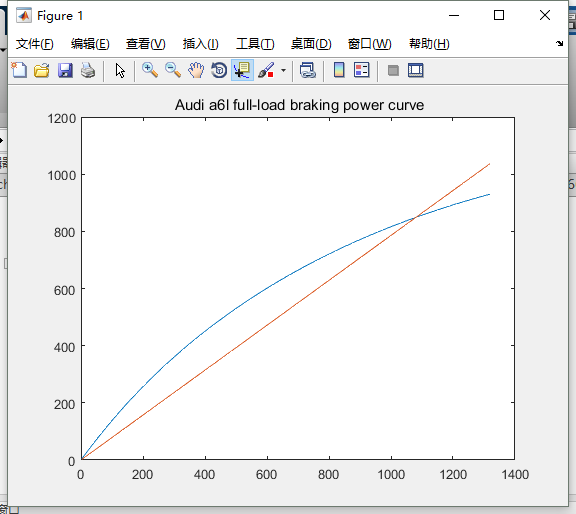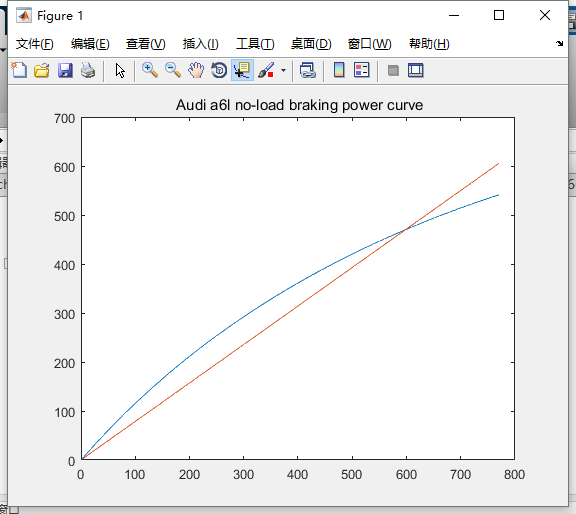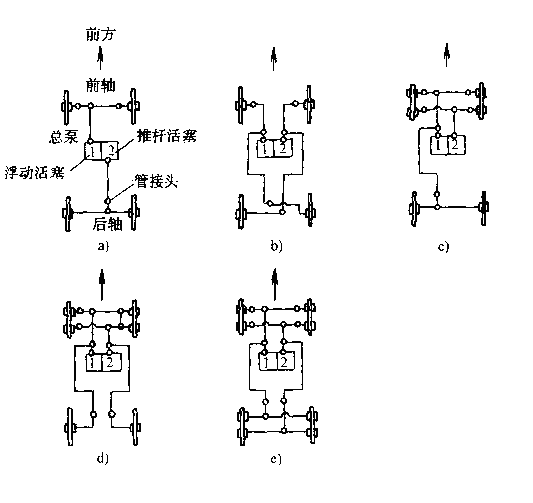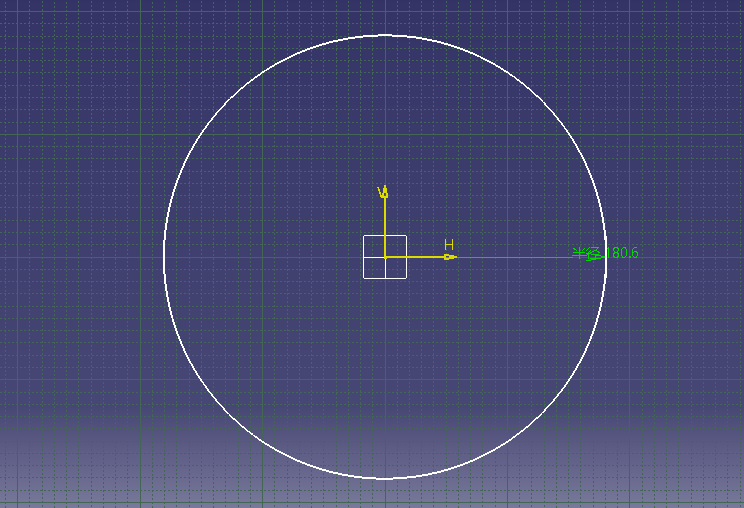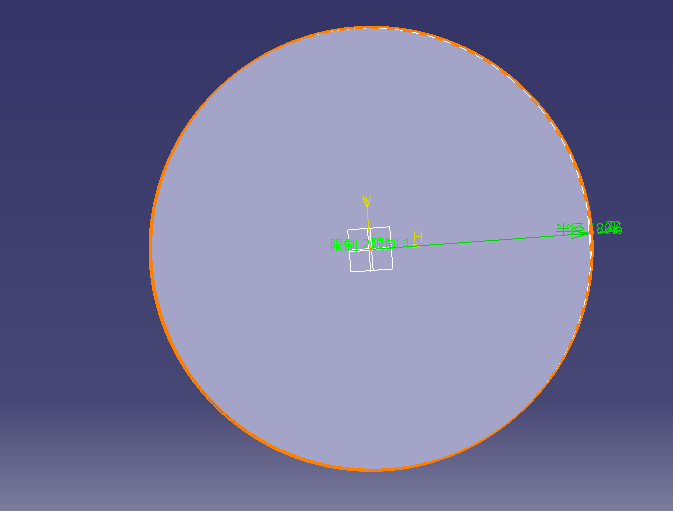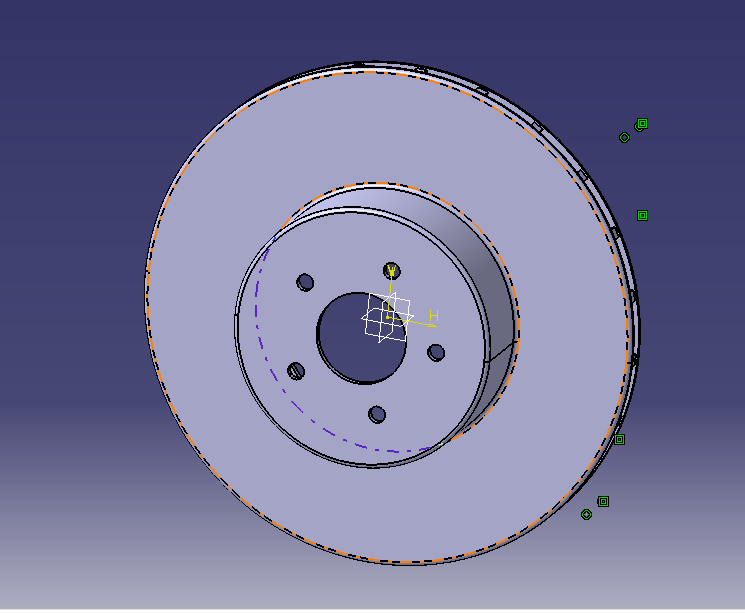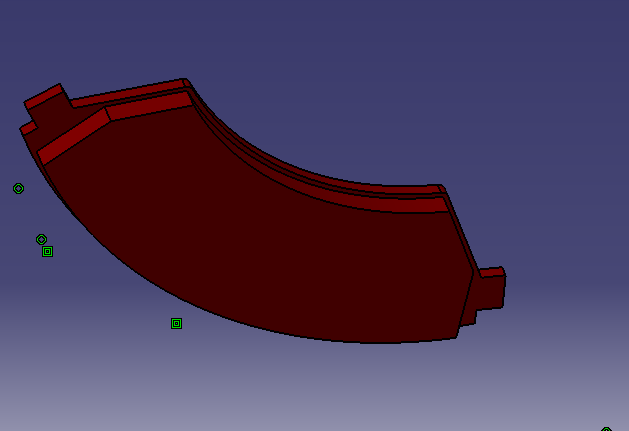高级轿车制动系统设计毕业论文
2020-02-17 12:49:59
Abstract
With the development of science and technology, the means of transportation have changed a lot in human life. In recent years, due to the rapid improvement of the national economic level cars are becoming more and more popular. After the pursuit of convenient car travel, people began to pursue the quality of other performance of the car, the premium car introduced into the market, and by the majority of people welcome and love. The braking performance of automobile is one of the most important performances in the process of driving. A car with a good braking system can further ensure the safety of life in an emergency, therefore, the design of the car braking system and the current social concerns linked to the issue has a very practical significance.
This braking system design takes AUDI A6L as the reference model, after referring to the national requirements and industry standards. The design meets the requirements of the braking system
In this design, first according to the actual model, check out the basic parameters of the car, determine the basic mechanism of the car brake system and design scheme. After the basic scheme is determined, the size of important parts such as brake disc and main cylinder is designed and calculated, and the mechanical analysis is carried out. After the design is completed, the three-dimensional structure diagram and two-dimensional dimension diagram are drawn by computer technology, and then the finite element analysis software is used to analyze whether the model structure is reasonable. In the design process, practical factors such as simple structure, low cost and reliable work should be taken into account. The final result shows that the designed braking system meets the requirements and is a feasible design scheme.
Keywords: AUDI A6L, Braking system , Cylinder, Disc brake
目录
1. Introduction 1
1.1 Background and purpose of the project 1
1.2 Composition of automobile braking system 1
1.3 The type of braking system 1
1.4Research status at home and abroad 2
1.5 Main contents 6
1.6 Objectives of the design 6
2 Determination of automobile braking system scheme 7
2.1 Types of brakes 7
2.2 structure type and selection of disc brakes 9
2.3 Determination of vehicle parameters 14
2.4Main parameters and selection of braking system 16
2.4.1 Braking force and braking force distribution coefficient 16
2.4.2 Synchronous adhesion coefficient 17
2.4.3Brake strength and adhesion coefficient utilization 18
2.4.4 Maximum braking torque of the brake 19
2.4.5 Brake factor 19
2.5 Disc brake design 20
2.5.1Determination of structural parameters and friction coefficients of front and rear disc brakes 20
2.5.2 Friction coefficient f of friction liner 21
2.6 Design and calculation of friction liner 22
2.7 Calculation of wear characteristics of friction liner 22
2.8 Structure design of main parts of brake 24
2.8.1 Brake disc 24
2.8.2 The brake pliers 24
2.8.3 The brake block 25
2.8.4Friction materials 25
2.8.5 Disc brake clearance adjustment method and corresponding mechanism 25
2.9 Structural type selection and design calculation of brake driving mechanism 26
2.9.1 Structure type selection of brake driving mechanism 26
2.9.2 Selection of braking pipeline 26
2.9.3 Calculation of hydraulic brake driving mechanism 28
2.10 The brake fluid 30
2.11 Summary of this chapter 31
3. CATIA 3d modeling for main parts of brake 32
3.1 CATIA modeling process for front brake disc 32
3.1.1 Sketch design 32
3.1.2 Generate 3d blank 33
3.1.3 Complete 3d modeling 34
3.2 Display of CATIA 3d model for brake parts 35
3.3 assembly of brake parts 37
3.4chapter summary 37
4. Finite element analysis of disc brake 39
4.1 ANSYS software 39
4.2 Finite element analysis of disc brake pliers 39
4.3 Finite element analysis of calipers 40
4.4 summary of this chapter 42
Conclusion 43
Reference 44
Thanks 46
The appendix 47
MATLAB program of brake force distribution curve 47
1. Introduction
Background and purpose of the project
The requirement of automobile braking system is to make the automobile drive at a proper deceleration speed until the car stops; when driving downhill, keep the vehicle at an appropriate stable speed; Keep the car safely in place or on a ramp. Therefore, it is necessary to fully consider the brake system control mechanism and brake actuator performance. Then the brake system is designed to meet the requirements of safe driving. According to relevant data show that every year due to the brake system failure caused by traffic accidents accounts for 45% of accidents caused by vehicle problems each year. It can be seen that the braking system plays a very important role in ensuring traffic safety. In addition, the performance of the braking system directly affects the average vehicle speed and vehicle transportation efficiency, which is an important factor to ensure the economic benefits of transportation. Therefore, the brake system design is one of the important links in the automobile design.
Composition of automobile braking system
1) Energy supply device -- including many kinds of components for supplying, regulating the energy required for braking and improving the state of energy transmission medium. The part of braking energy is called braking energy. The human body can also be used as braking energy.
2) Control device -- including various parts that produce braking action and control braking effect, such as brake pedal, brake valve, etc.
3) Transmission device -- including the transmission of braking energy to various parts of the brake, such as the main brake cylinder and the brake wheel cylinder.
4) Brake -- a component that produces a force that impedes the movement or tendency of a vehicle. The relatively perfect braking system also has additional devices such as braking power regulating device, alarm device and pressure protection device.
1.3 The type of braking system
1) According to the function of the braking system classification
(1) Driving brake system -- a set of special devices to slow down or even stop a moving car.
(2) Parking brake system -- a set of devices that can make a stopped car stay in the same place.
(3) Second braking system -- a set of devices to ensure that the vehicle can still decelerate or stop when the driving braking system fails.
(4) Auxiliary braking system -- a set of devices used to stabilize the vehicle speed when going down a long slope.
以上是毕业论文大纲或资料介绍,该课题完整毕业论文、开题报告、任务书、程序设计、图纸设计等资料请添加微信获取,微信号:bysjorg。
相关图片展示:
